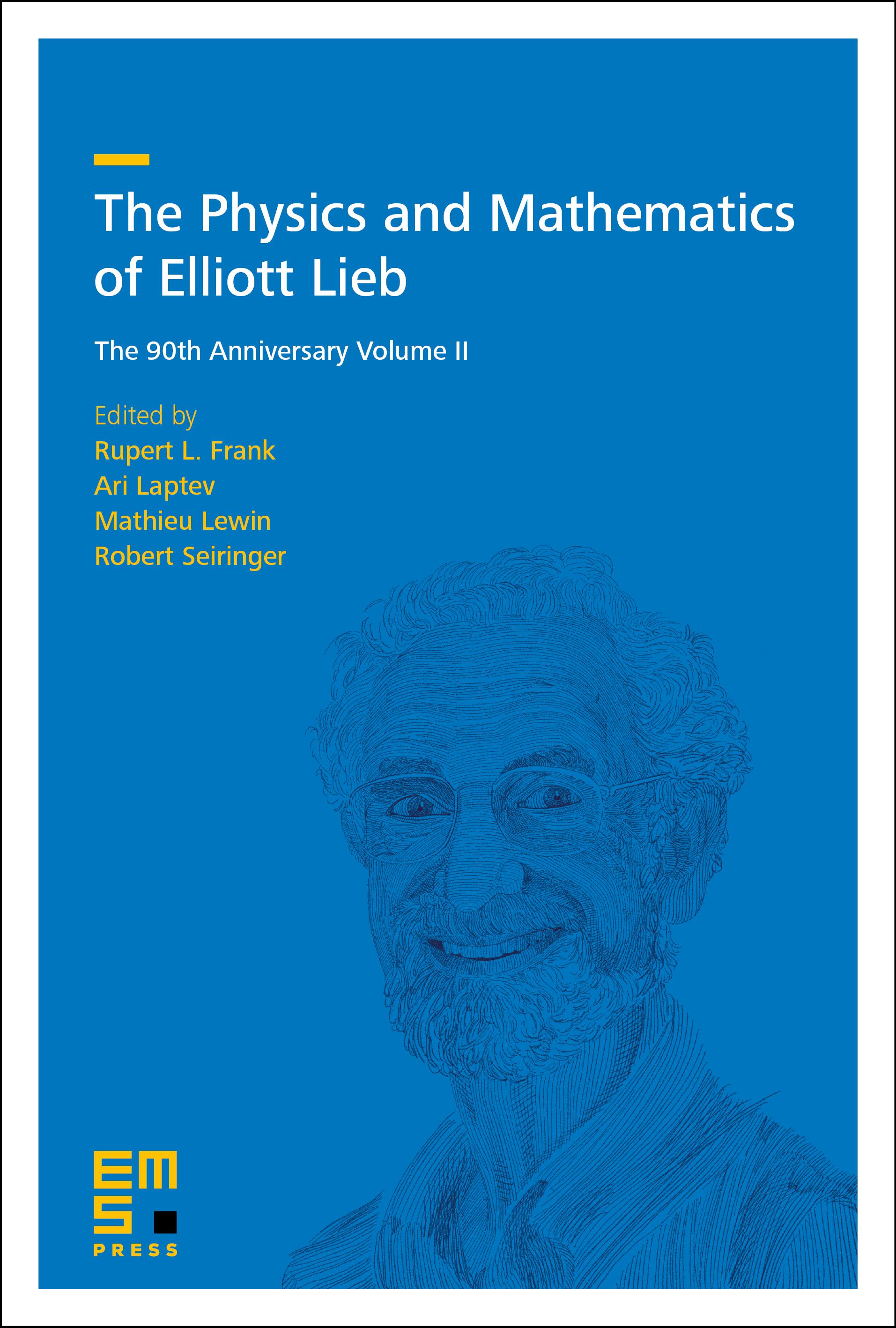The Lieb–Schultz–Mattis theorem. A topological point of view
Hal Tasaki
Gakushuin University, Tokyo, Japan

A subscription is required to access this book chapter.
Abstract
We review the Lieb–Schultz–Mattis theorem and its variants, which are no-go theorems that state that a quantum many-body system with certain conditions cannot have a locally-unique gapped ground state. We restrict ourselves to one-dimensional quantum spin systems and discuss both the generalized Lieb–Schultz–Mattis theorem for models with U(1) symmetry and the extended Lieb–Schultz–Mattis theorem for models with discrete symmetry. We also discuss the implication of the same arguments to systems on the infinite cylinder, both with the periodic boundary conditions and with the spiral boundary conditions.
For models with U(1) symmetry, we here present a rearranged version of the original proof of Lieb, Schultz, and Mattis based on the twist operator. As the title suggests, we take a modern topological point of view and prove the generalized Lieb–Schultz–Mattis theorem by making use of a topological index (which coincides with the filling factor). By a topological index, we mean an index that characterizes a locally-unique gapped ground state and is invariant under continuous (or smooth) modification of the ground state.
For models with discrete symmetry, we describe the basic idea of the most general proof based on the topological index introduced in the context of symmetry-protected topological phases. We start from background materials such as the classification of projective representations of the symmetry group.
We also review the notion that we call a locally-unique gapped ground state of a quantum spin system on an infinite lattice and present basic theorems. This notion turns out to be natural and useful from the physicists’ point of view.
We have tried to make the present chapter readable and almost self-contained. We only assume basic knowledge about quantum spin systems.